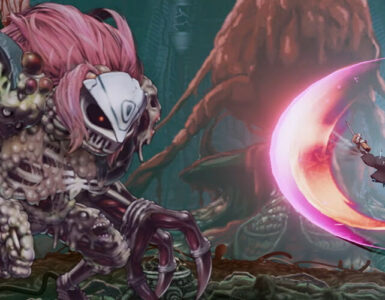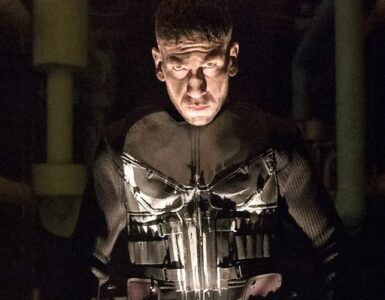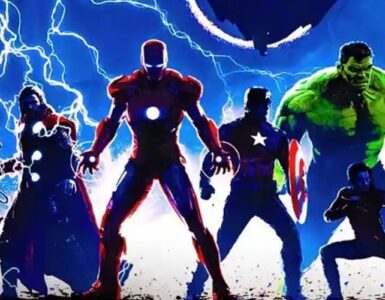- Shares
- 312
Disclaimer: The following images of components, as well as descriptions of rules for the upcoming Marvel United board game are only prototypes, and are not final and subject to change.
When word that a board game featuring detailed miniatures of fan-favourite Marvel Comics superheroes first got out, global fans of the beloved multimedia franchise naturally went bonkers at the prospect of playing a tabletop game as their favourite superheroes.
Marvel United, designed by Eric Lang and Andrea Chiarvesio from CMON, followed the hype of Avengers: Endgame, as well as the announcement of the upcoming Marvel’s Avengers video game, to great effect. Currently in its crowdfunding stage on Kickstarter, it reached its US$150,000 funding goal in just half an hour, making Marvel United one of the most hyped-up titles in the world of tabletop.
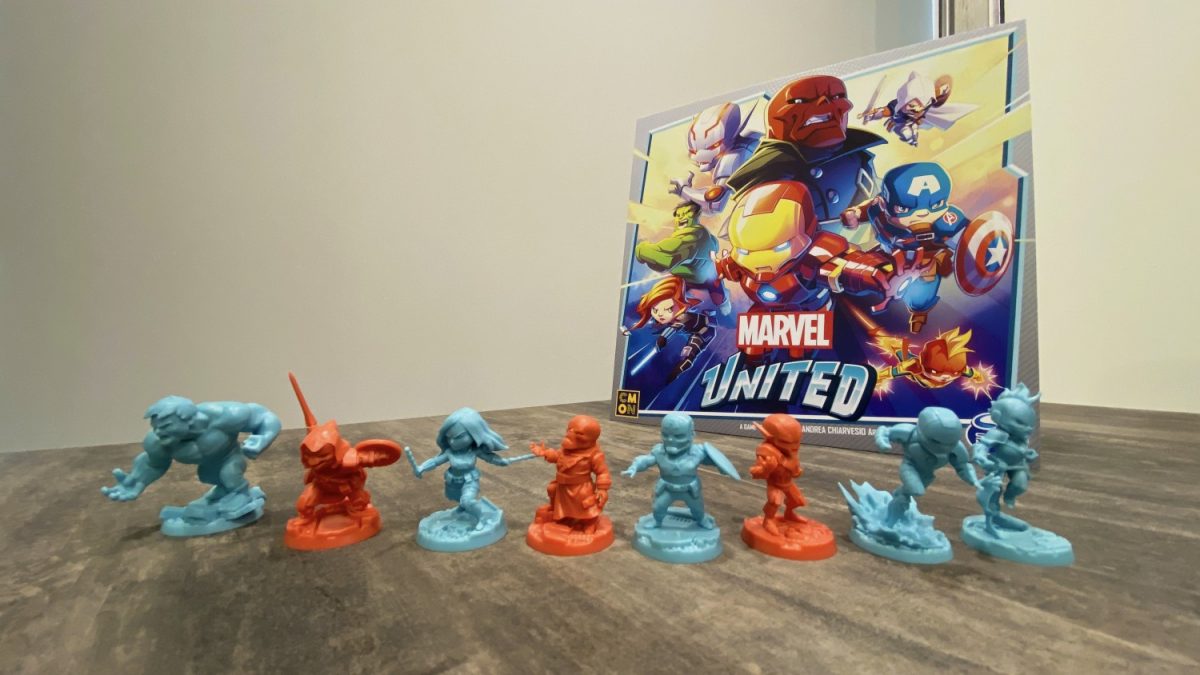
Recently, Geek Culture managed to get a sneak peek at Marvel United, courtesy of the game’s co-lead designer, Eric Lang.
As a fully-co-operative board game, Marvel United puts players in the shoes of some of the most iconic Marvel Comics characters, against some very infamous villains in a series of one-off combat encounters. Each game lasts for a solid 40 minutes, give or take, and the essence of it is for players taking turns to move around the board, saving Civilians and defeating Thugs, before tackling the main Villain, who will also move around the board and make life harder for the heroes by various means.
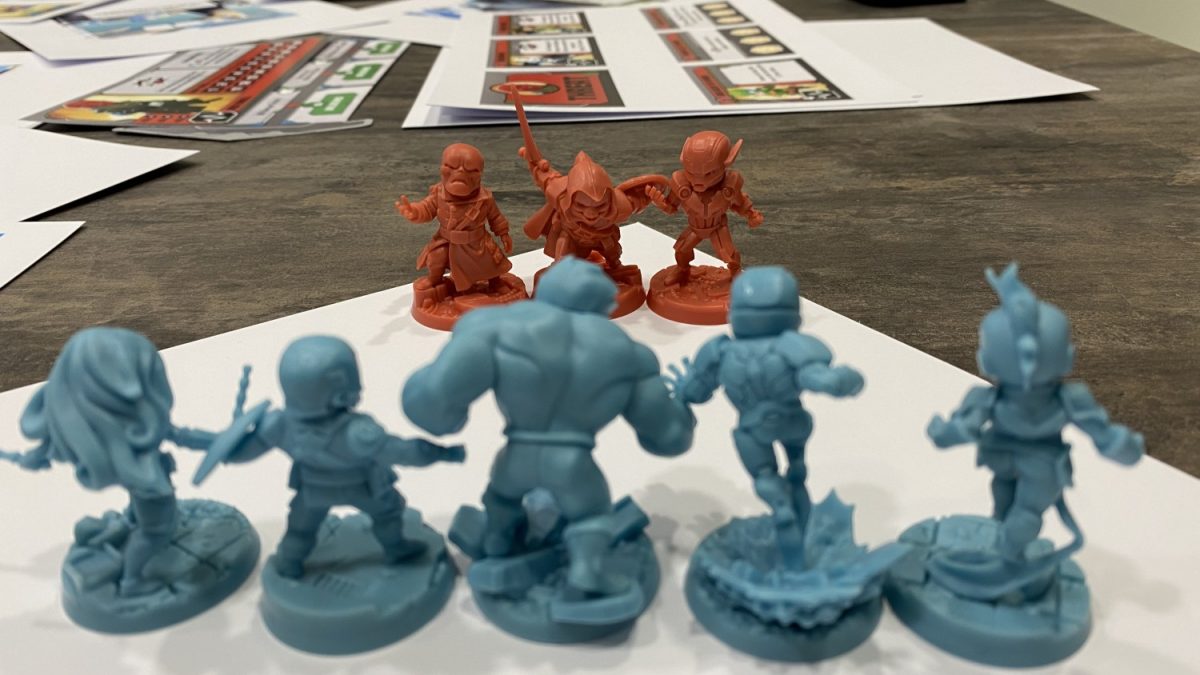
Since the game is fully-co-operative, the main mechanic for the players involves going around the table playing action cards in a clockwise manner, the effects of which then would be felt by the next player. The villain is operated independently, performing moves as indicated by directions on the villain’s cards and board. Players win the encounter by defeating the villain.
But as simple as that sounds, there are actually a myriad ways to lose, such as the villain maxing out their Fear Track, or if any one of the players loses all of their playable cards, which we’ll get to later.
In our game, we played as a trio consisting of Captain America, Black Widow and The Hulk, up against the nefarious Red Skull. The game started off pretty simply, with each player taking a turn to play an action card. Action cards essentially dictate what players can do during their turn. They can range from attacking, moving to a different location tile, or performing a special action. There are even Wild Cards (a la Uno) that allow players to perform whatever action they so choose in that moment.
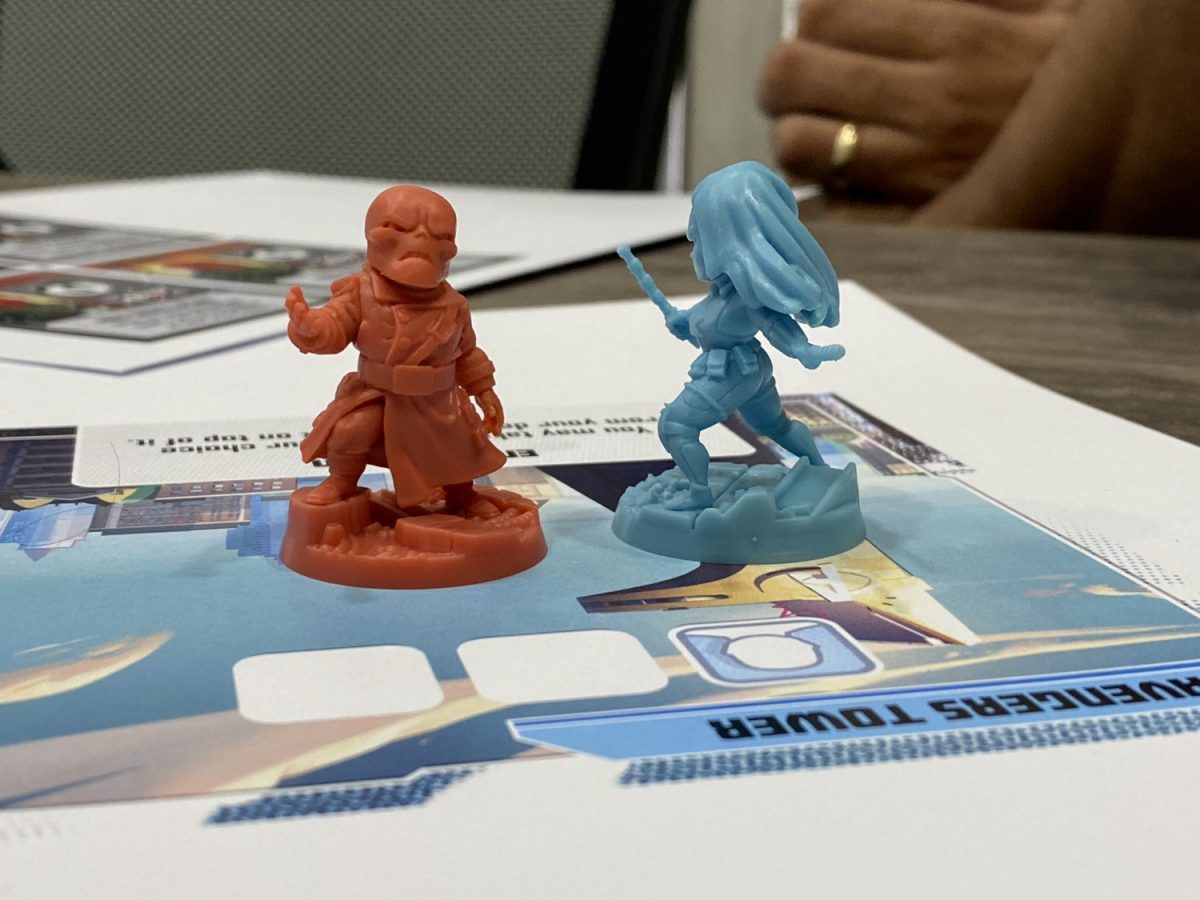
While this sounds really rudimentary (which it is), the interesting aspect of Marvel United is that the next player to go will then benefit from the action card that they play, and the action card that the previous person played. This lends to the concept of heroes standing “United”, giving each other a helping hand to down their foes, and the pay-it-forward mechanic really seems to shine here. This then encourages players to communicate with one another as they approach different encounters. We certainly had to do that, as we quickly found out how daunting it can be to face just one villain.
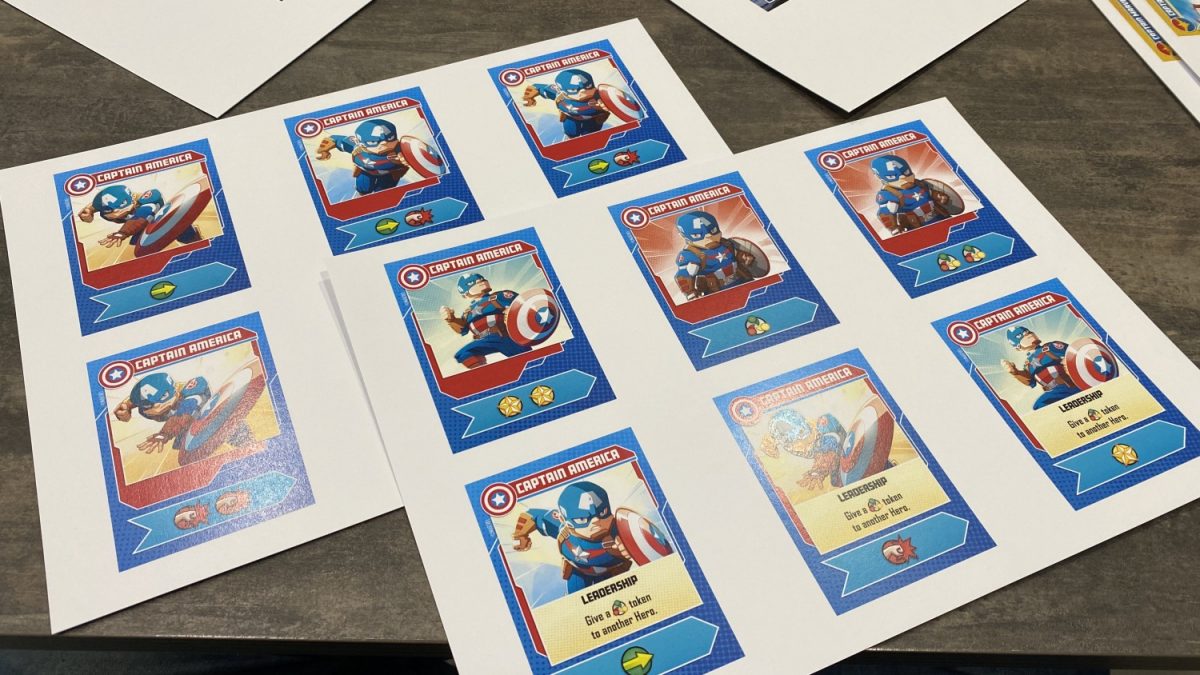
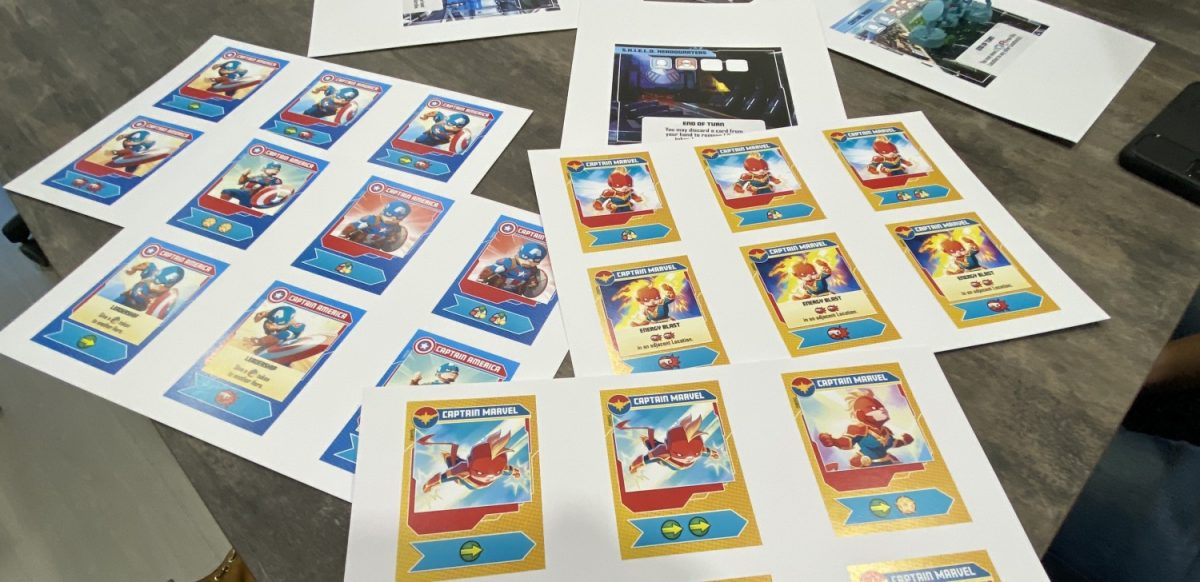

Speaking of which, Villains in Marvel United are another huge component of the game. They are, as mentioned, independent. This means that, while a player can double up their duties of playing as their character and moving the Villain around the board, that player is merely following the instructions as stated in the Villain Dashboard and Masterplan cards.
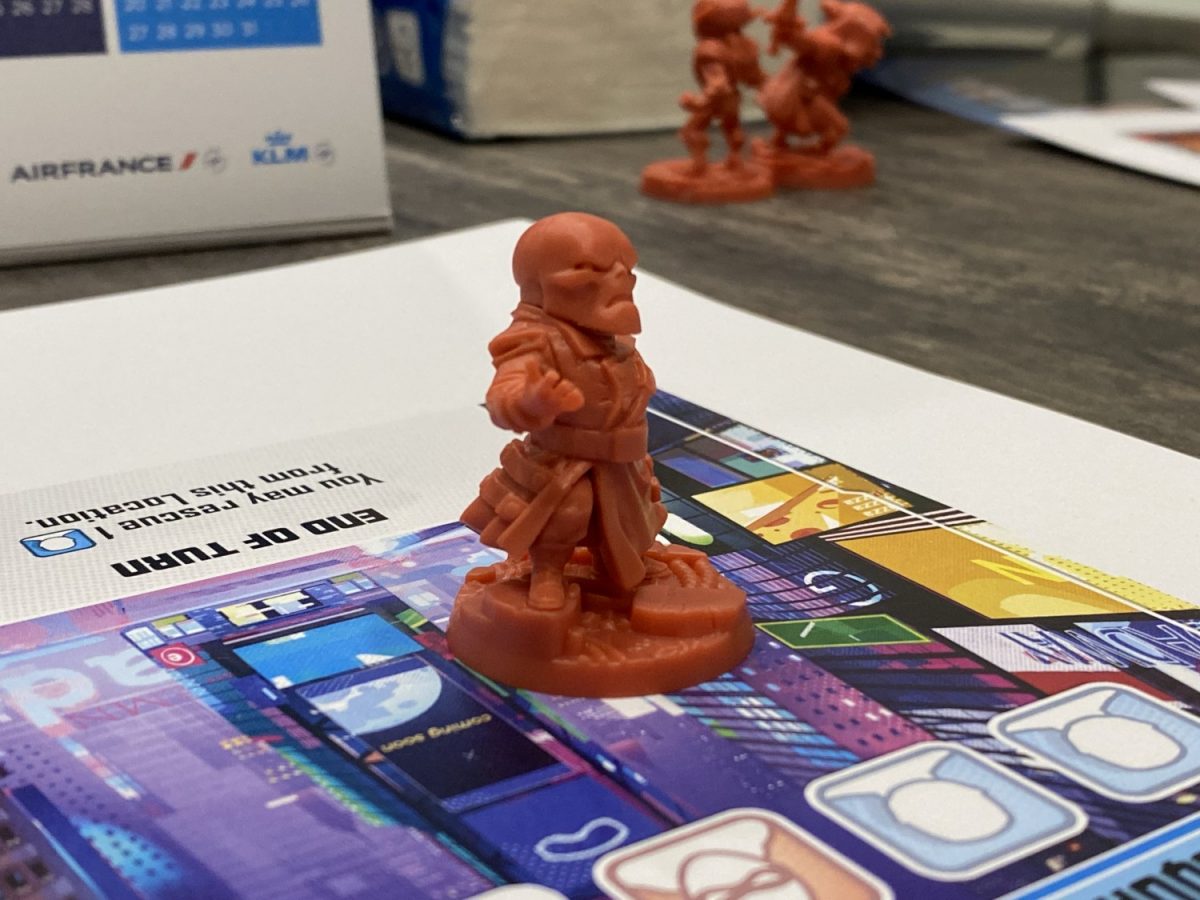
Villains, like their comic book and movie counterparts, are powerful, as they have much more influence over the board than the individual heroes. Every time they move via the Masterplan cards, they can populate location tiles with Thugs, which can potentially slow down the heroes’ pursuit of them, activate Threat cards, which can add even more mini-villains to the mix, or perform a Bam! action, which can negatively impact the entire board in a myriad of ways. As such, they take their turns only after a certain number of hero cards have been played. They even have a Fear Track, which will increase naturally the longer they stay on the board.
The only way to defeat the Villains is to deal damage to them. But before that can be done, players must complete two of the three Missions on the Mission Board, which can be any combination of either 1) rescuing Civilians by moving into location tiles with them, 2) defeating Thugs by moving to location tiles with them and attacking them there, and 3) clearing Threats that Villains dole out by performing special actions. It is only then that players can bring the hurt to Villains and defeat them – a lengthy and arduous task, but a worthwhile one indeed.
There are two ways players can lose Marvel United, which include the Villain maxing out their Fear Track, or if any one player loses all their cards. The former is pretty straightforward, which can happen if the Villain stays in the game long enough. The latter occurs when players take too much damage from Villain actions. Players can draw up to 3 cards at the start of the game. The cards not only represent the actions players can take, but also their hit points; each time a player takes damage, they lose one card. Lose all cards and that player is out of the game, which instantly spells a loss for the whole group.

These aspects are what makes Marvel United so brutal (and we like this kind of difficulty in tabletop games), but it’s the kind where you have to literally make use of whatever you’ve got to try and turn the tides in your favour. It does evoke a sense of heroism in the face of adversity, and the difficulty is not too skewed in the Villain’s favour. There are still ways in which players can get the upper hand, such as completing Missions, which give players an additional card (hence an additional hit point) to draw and play, or clearing Threats, which open up more boons in certain location tiles.
Another standout feature of Marvel United is its modularity. The game’s components are all interchangeable every time a game is set up; the positions of the locations and the villain can change as well. Even changing the players’ seating arrangements means that different combinations of action cards can potentially be played, opening up different strategies. Every Villain is different, providing wholly unique and diverse Threats and ways to make players’ lives hard, which add even more hair-pulling fun.
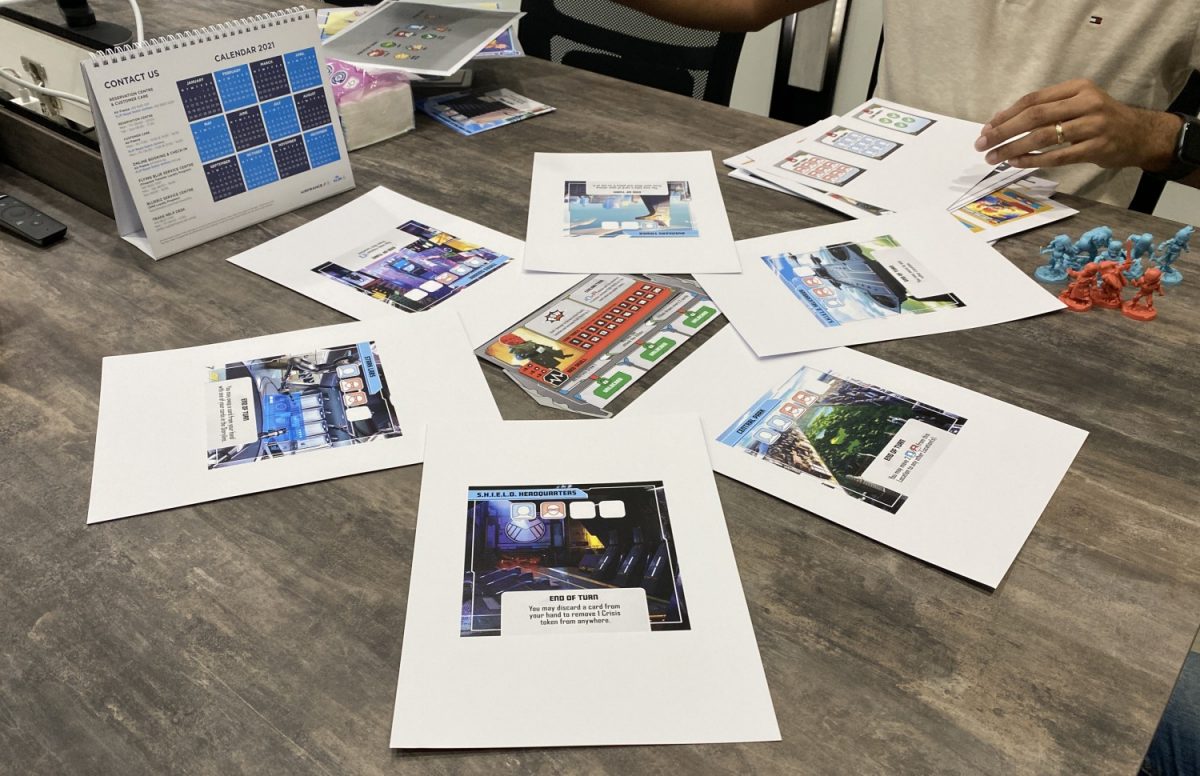
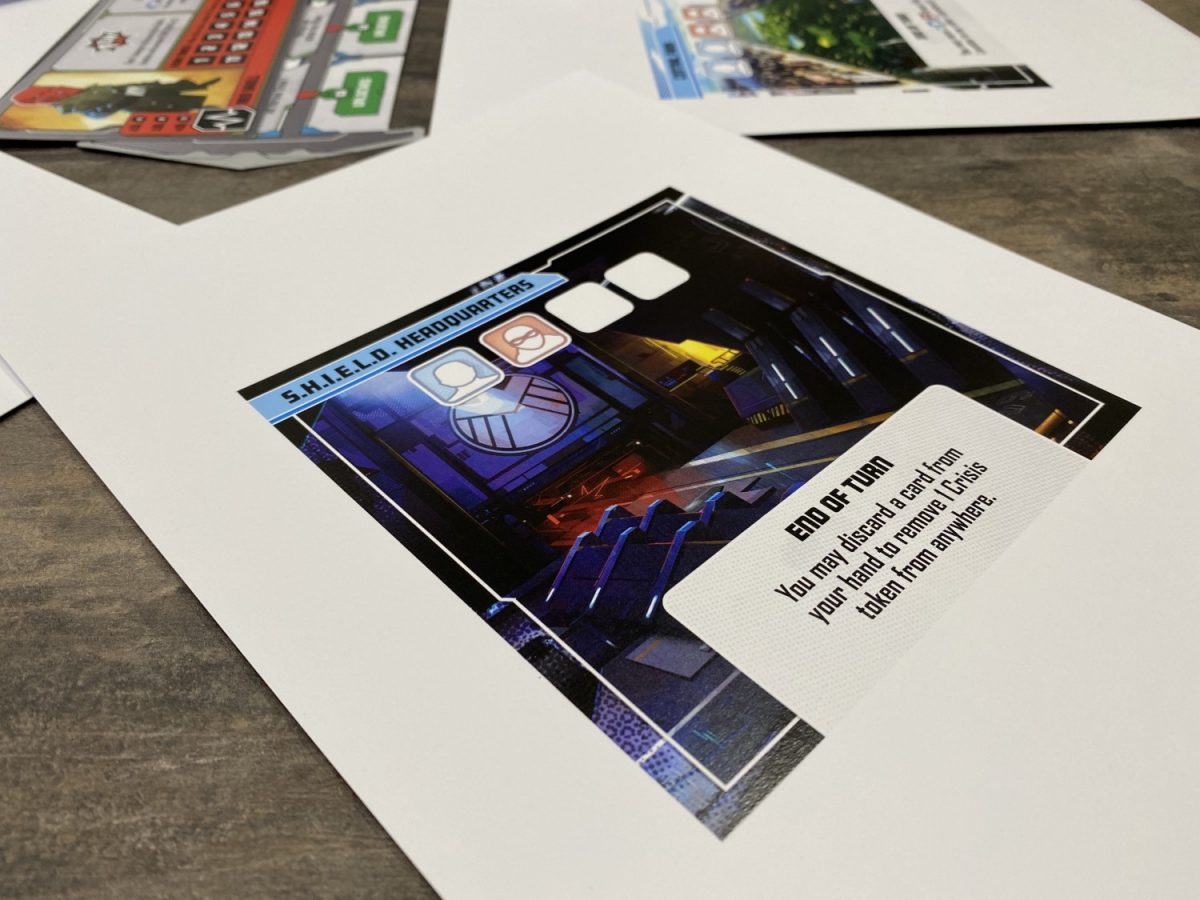
This modular aspect is what gives Marvel United a near-endless amount of replay value, as no two games will end up the same. During our gameplay preview, Eric Lang stated that the core box alone can constitute up to over 1,000 different gameplay combinations, and even then, the outcomes will all be wildly different. Just imagine how much more expansive it can be when you factor in expansions, all of which are also part of the Kickstarter campaign as add-ons.
And yes, all of this can be played in just 40 minutes. We’re not kidding here. This is true especially after playing just a demo round or two, as the layout of the cards and tiles is pretty easily digestible. The designs, while seemingly cartoonish for the tastes of some, are easily understandable and therefore much more accessible to a wider demographic. It definitely helps that the Marvel IP is used, so the reach will definitely spread far and wide. The cute but heroic chibi miniatures designed by Edouard Guiton are certainly of high quality, having been made by hard plastic. We’d seen them being dropped multiple times, and each time (though covered eyes) the minis have come out unscathed, and ready for battle once more.
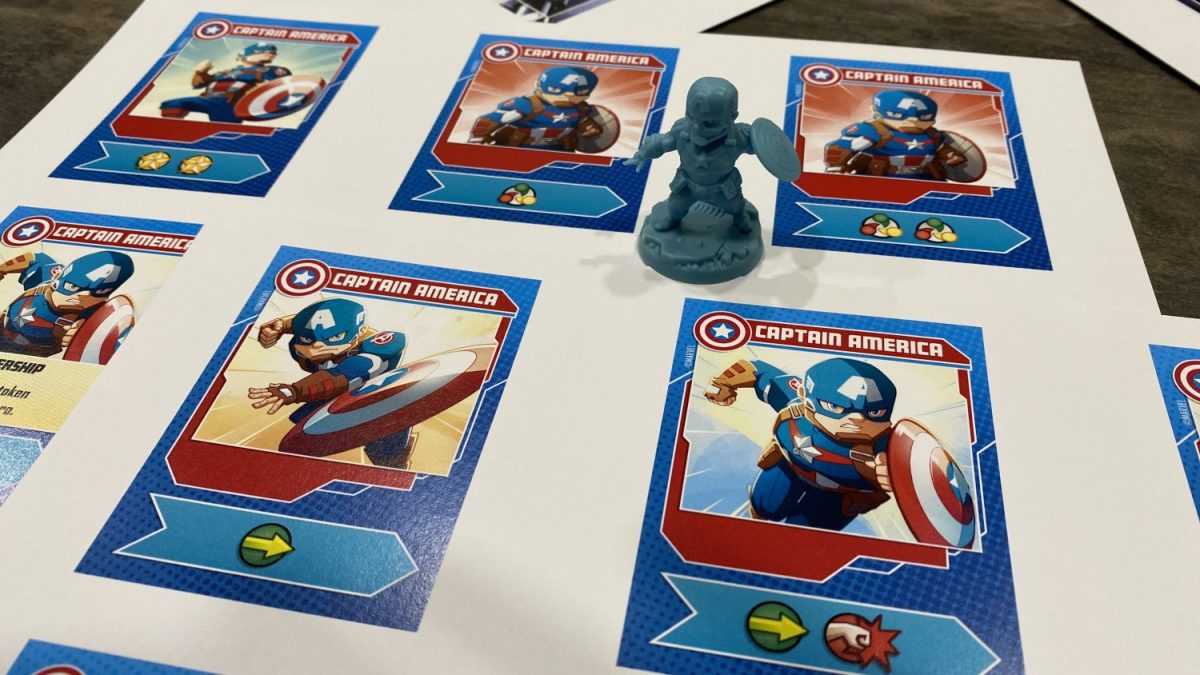
While we have only seen the game from one sitting, the team here are already impressed at the scale at which Lang and Chiarvesio have planned out for this game. More importantly, we’re already eager to have a go at it again. And again. And again.
In short: we’re true believers.
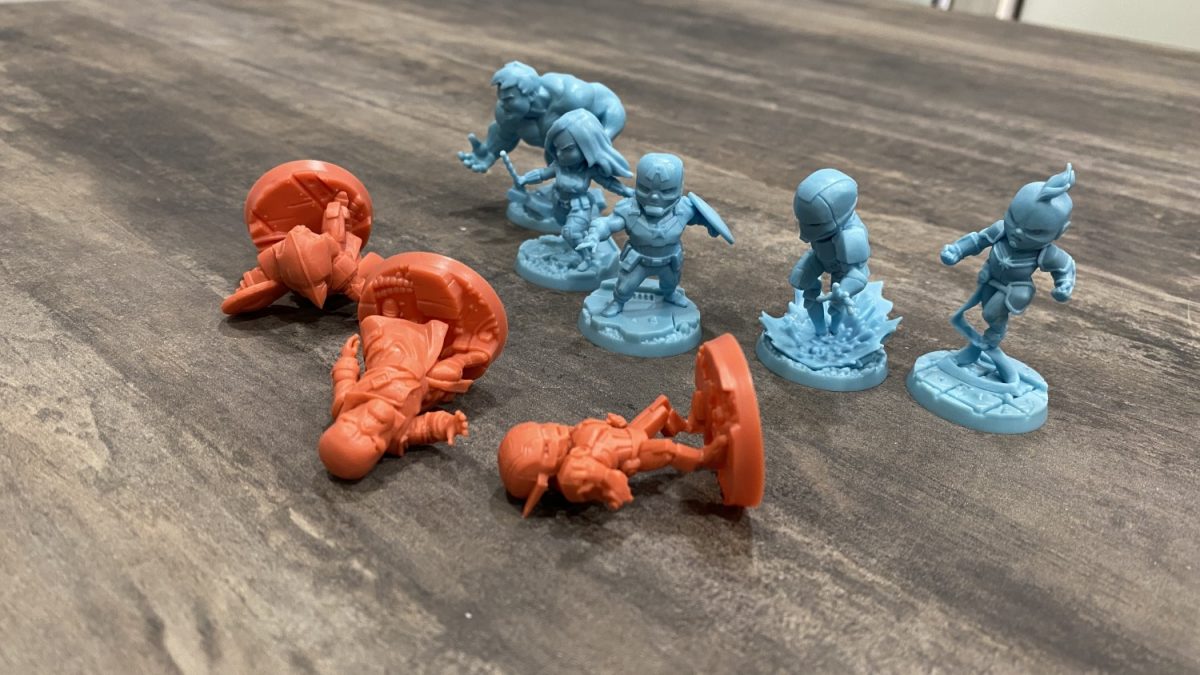
Marvel United’s Kickstarter campaign ends on 5 March 2020.
Marion has a serious RPG addiction. Sometimes it bleeds into real life; he forgets to sleep because he thinks he has a Witcher’s body clock. Forgive him in advance if he suddenly blurts out terms such as “Mind Flayer” and “Magic Missile”, because never once does he stop thinking about his next Dungeons & Dragons game.



